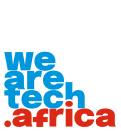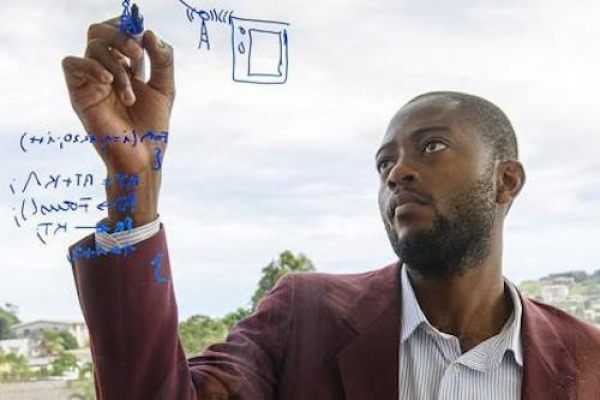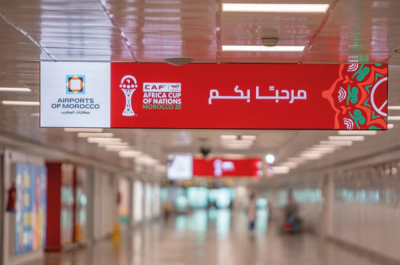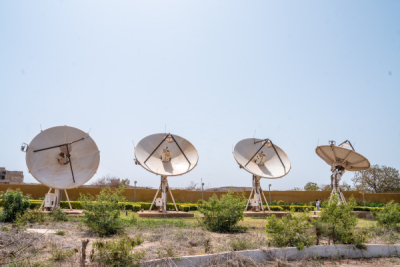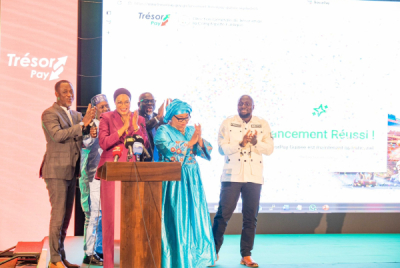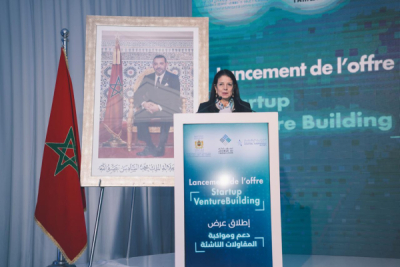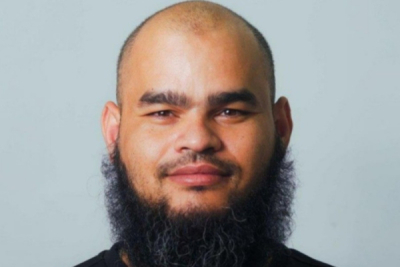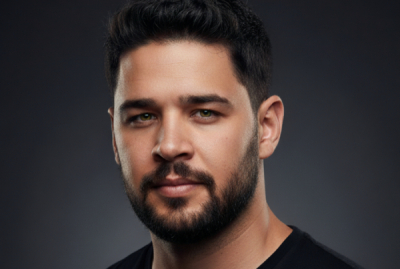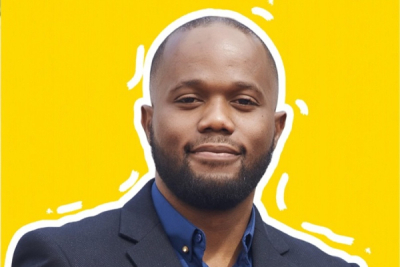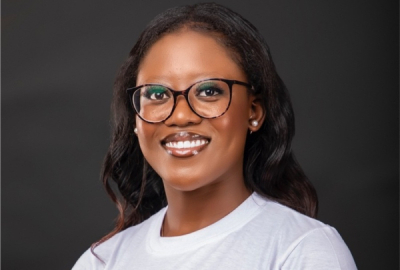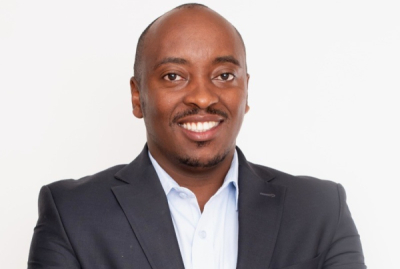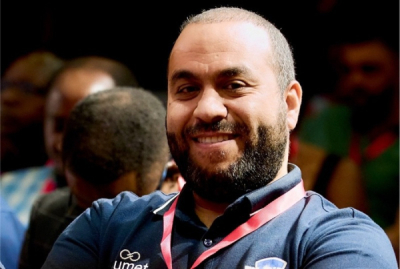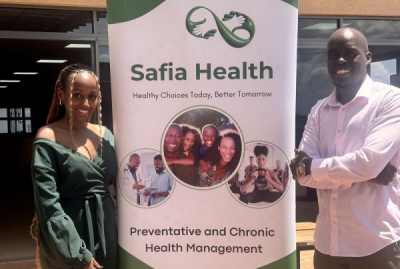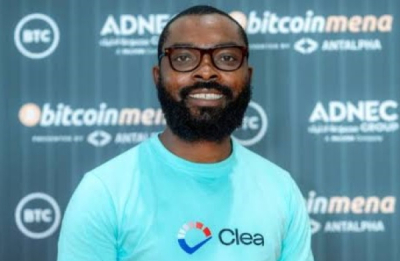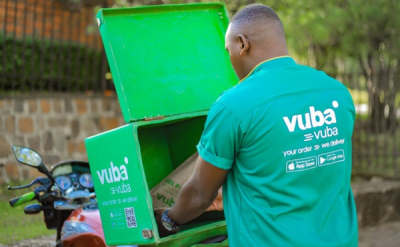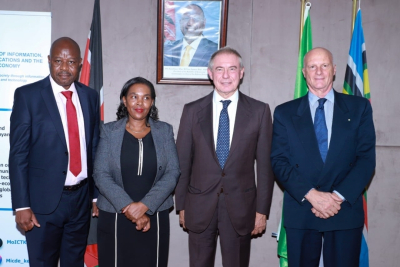After trying times in the development of his first project, the young entrepreneur came to the limelight in 2016. Since then, he has rolled out several innovative solutions and won many awards.
The name Arthur Zang came to the limelight in the Cameroonian health sector in 2016 when he launched the production of Cardiopad, a connected electrocardiogram. The electrocardiogram is constituted of tablets and electrodes.
The tablets have many apps, including the electrocardiograph, which allows a complete cardiac examination. They also have the electrocardioscope that help record patients' cardiac activity and analyze them in real-time. The tablets also have a telecardiology app through which the various cardiac data recorded can be transferred to specialists for analysis.
Arthur Zang started working on a prototype in 2009. For the tech entrepreneur who grew up in Mbankomo, a small town located 20 kilometers from Yaoundé, the aim with Cardiopad was to find a solution to the low number of heart specialists in Africa.
To successfully carry out his project, in 2015, he was awarded US$45,000 (by Cameroonian President Paul Biya). He complemented the financial resources with the equipment received after winning the Microsoft Imagination Competition.
In 2021, Cardiopad was already used by 267 public health institutions in Cameroon. Some private hospitals have also adopted the solution. The tool is also used outside the national borders, in Gabon notably. Thanks to Cardiopad, the former chief computer engineer of the Catholic University of Central Africa (2013 to 2014) has won several awards such as the Rolex Foundation Prize in 2014, and the gold medal of the Africa Prize for Engineering Innovation in 2016.
During the Covid-19 crisis, the tech entrepreneur distinguished himself again with a new tool, the Oxynnet, a medical oxygen generator capable of producing 95% pure oxygen from ambient air. The generator, which can be controlled remotely, is connected to the electricity network or the solar panel used by hospitals. It allows them to produce 60 liters of medical oxygen every minute and supply at least 10 patients simultaneously.
Melchior Koba
